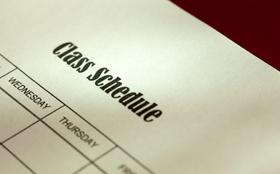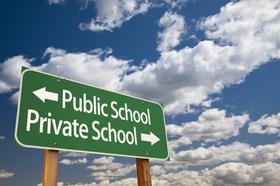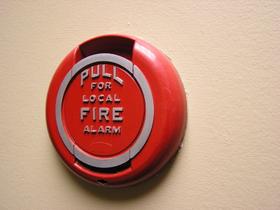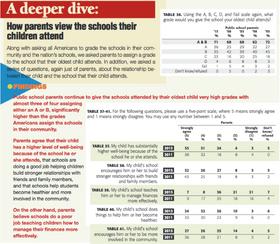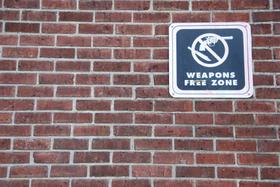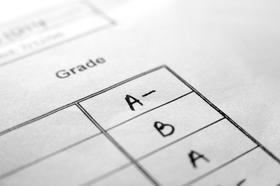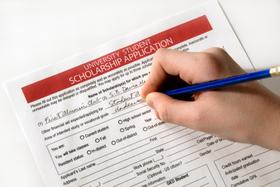The right school for your child can make all the difference in his or her successful academic career. The good news is that there are many options in education beyond the public school down the street today. The bad news is that the abundance of options often leaves parents in a quandary over how to choose the best environment for their children. It is important to know what to look for in a school to ensure your child receives the best possible education for his specific needs. In some cases, that might indeed be the public school down the street, while other children may need a different environment to facilitate their learning process most effectively.
What are the Choices?
Many parents are unaware of the different choices they have in educating their children today. According to Education.com, some of the options available in K-12 education include:
Neighborhood Public Schools
- Charter Schools
- Magnet Schools
- Online Public Schools
- Private Schools
- Homeschools
- Alternative Schools
It is important to learn about the various types of schools available nearby, so you can make an informed choice for your children.
Factors to Consider when Selecting a School
Once you know which options are available to you, it is time to determine the best environment for your child, based on the 10 steps we have outlined here:
Finding a Good Fit
To find the best learning environment, a parent needs to set the following four criteria outlined at GreatSchools.org:
- What you want your child to learn (specific subject matter, level of academic difficulty)
- How your child learns best (particular learning style, challenges)
- Social needs (level of contact with peers)
- Practical matters (scheduling, extracurricular activities, etc.)
Choosing a Focus
Some schools offer a wider range of study than others. If it is important for your child to learn a second language in his primary grades, choose an elementary school that includes foreign language as a core part of the curriculum. If you want your child to get a background in the arts or get an education with a religious slant, look for schools that offer these components.
Check Out Scores
Test scores may not tell everything about the effectiveness of a school, but they are an important component in determining how well the students at that school are performing academically. A report at the Washington Post also recommends checking ratings for local schools, if they are available, such as the high school ratings at the Washington Post High School Challenge. For upcoming high school students, we recommend also analyzing a school based upon their graduates' success in college and the professional fields.
Make a List
Make a list of the features you want in the school your child attends. According to the U.S. Department of Education website, some of the basics to look for at any effective school include:
- High expectations
- Great teachers and staff
- Busy, visible children
- Rigorous curriculum
- Vibrant parent-teacher association
- Parents welcomed and questions answered
In addition, the website recommends checking the schools standardized test scores as well to ensure students are performing at appropriate academic levels.
Pay a Visit
When you find a school that looks like a good fit for your child, it is a good idea to visit to see classrooms and meet faculty and staff. While you are at the school, you should be allowed to visit with the principal, teachers and other parents to get a good idea of what the expectations are for parent involvement, how faculty and staff relate to students and what the overall learning environment looks like.
Ask Questions
Before your school visit, prepare some questions to ask the principal and teachers you meet. Some good questions listed at CNN include:
How are teachers trained, supported and monitored?
How are behavior problems handled at the school?
How much homework is given to students?
You will probably have a number of your own questions as well, based on the specific learning needs and temperament of your child. Write questions down before you visit to ensure you don’t forget to ask any of them.
Talk to Parents, Students
While staff may put their best foot forward during a visit, parents and students at the school will often tell it like it is. Talk to neighbors or parents you meet while visiting the school to find out if they and their children are happy with the quality of education offered there. Ask if the staff is responsive to needs and concerns and if parents are involved with the school’s operations.
Sit Down with the Principal
A one-on-one meeting with the principal during your school visit can be the best time to ask many of your questions. Principals should be open to meeting with parents and should be forthcoming with information about the school and staff.
Check Out a PTA Meeting
In addition to finding out more about current events at the school you are considering, this is an excellent way to collect names and phone numbers of parents at the school that you can contact later. PTA meetings are usually available to all parents at the school, as well as the general public, so your presence should be welcome.
Trust Your Gut
Once the information is gathered and assessed, the bottom line is to choose the school that you and your child feel best about him attending. In some cases, this follows directly to the data; in other cases, you might simply get a good feeling about the staff or other features. The school you choose will make a difference in your child’s academic future, so take the time to research your options and then choose the school that feels the best to both of you.
With these tips in mind, you are now poised to make a strong decision for the best education for your child. We wish you the very best of luck!





